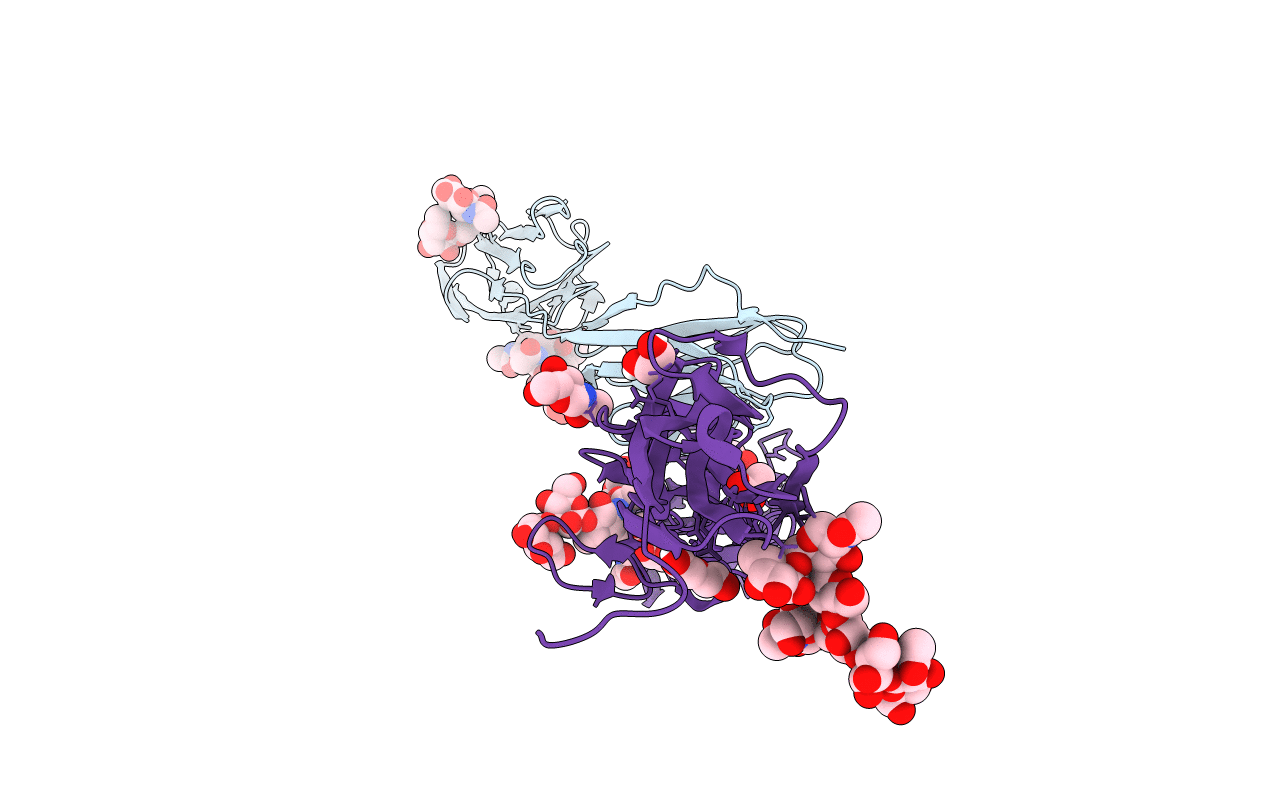
Deposition Date
2018-08-17
Release Date
2018-11-28
Last Version Date
2024-11-20
Entry Detail
PDB ID:
6EG0
Keywords:
Title:
Crystal structure of Dpr4 Ig1-Ig2 in complex with DIP-Eta Ig1-Ig3
Biological Source:
Source Organism:
Drosophila melanogaster (Taxon ID: 7227)
Host Organism:
Method Details:
Experimental Method:
Resolution:
2.90 Å
R-Value Free:
0.26
R-Value Work:
0.22
R-Value Observed:
0.22
Space Group:
P 31 2 1


